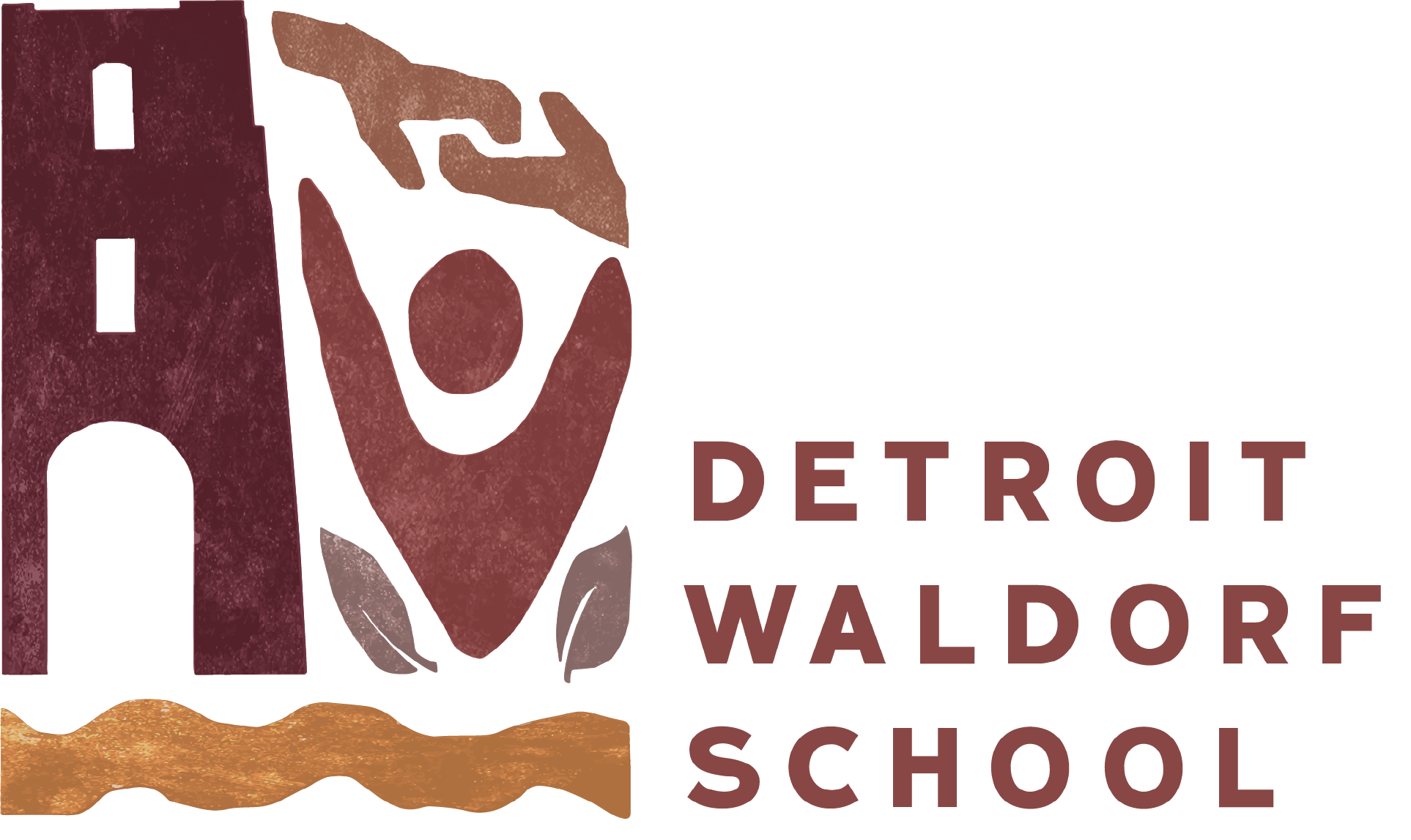The Way We Teach Reading & Literacy
A gentle morning light streams through the classroom window. A sense of quiet anticipation fills the room, as students sit upright and bright-eyed at their desks. Their favorite part of the lesson has arrived. The teacher, standing poised before the class of 24 expectant children, is about to deliver a special gift.
She lights a candle, and begins a story.
Stories are an essential and foundational element of human experience. From the day we are born, we are part of stories and we yearn to hear stories of adventures, journeys, emotions, and experiences.
Young children are hungry for stories and are open to immersing themselves in their journeys. Waldorf pedagogy begins with story and comprehension in the early years. Many parents worry that Waldorf schools don’t teach formal reading and writing until third grade, but this isn’t exactly true.
In our work to cultivate language and literacy skills in our students, there is a deep appreciation for the art of storytelling and the remarkable ability it has to help children develop a strong relationship with language. This means that when children reach the developmental stage of reading and writing in abstract form, they can put it all together - not only sight read words on the page, but comprehend the meaning behind those words.
This educational approach empowers teachers to begin the teaching of reading and writing in a place where children already are. Young children learn to speak by listening and interacting with the people in their lives.
So, too, they learn to read and write by first immersing in oral storytelling, the process of stories unfolding as a journey they can take. The abstract forms of letters and words come later, when they are ready. For the whole of humanity, spoken word has served as the basis for written communication.
The emphasis on spoken word and oral storytelling in our early childhood and kindergarten classrooms awakens the child’s consciousness to the sounds and qualities of language. Exposure to poetry and verse, nature stories, folk and fairy tales, in the years leading to first grade help the young child develop a substantive relationship with language that evolves into the ability to recognize language in pictorial and abstract forms.
Waldorf teachers use the vivid imagery in fairytales from around the world as a stepping stone for first-graders who are ready to engage their imaginative sense of language as they begin to learn the abstract symbols and forms of the alphabet and distinct letter sounds.
Language Arts Main Lesson Blocks in first grade introduce students to letters through stories that give images for every letter. For example, the Grimm’s fairy tale “Simeli Mountain” gives students a beautiful image of the letter M. The story is about a mountain that has a secret, magical entrance, which appears only after a certain command is given. This secret entrance leads to a cave full of treasures.
As students review the story, they are guided in forming oral descriptions of the images that arose in their imaginations as they listened to the teacher’s story. In drawing a picture of Simeli Mountain in their workbooks, they discover the beautiful way the shape of the mountain peaks corresponds to the letter M.
The children are then able to make a phonetic connection between the sound of the letter M and the pronunciation of the word “mountain.” This way of teaching helps each child to develop a living relationship with a letter and its sound, allowing them to build a solid foundation for reading and writing in abstract forms as they advance.
Once students master the letter forms and their sounds, teachers in second and third grade guide students in developing a sense of how letters and sounds work together to form words and sentences.
By the time Waldorf students get to this point, they have developed capacities for spoken word and are eager to apply their creative will in developing writing skills as they learn to read.
Teachers lead second- and third-grade students in writing simple text to retell important parts of stories they’ve heard or convey personal experiences. This writing fills their main lesson books, which the children use to practice reading their own writing before working with standard type in printed books.
As speech work with poetry and verse progresses, students copy poems written on the blackboard that they know “by heart” and are encouraged by recognizing familiar sounds and words as they learn to read the poem and write and illustrate it.
The consistent opportunity to develop language skills through imagination and story strengthens each child’s literacy skills at an advanced level, even before they become accomplished readers. For example, as children work together to review the story they heard, they form skills in comprehension, analysis and inference.
As the stories they learn about are dynamic in form and rich in vocabulary, the students develop a feeling for nuances in narrative structure and discover new words to enhance their own speech and writing. Waldorf teachers hold a developmental picture of the child as they work to master spoken and written language, and more challenging literature, as they move through the grades.
Simone Shurney teaches third grade at Detroit Waldorf School.
The language arts curriculum at Detroit Waldorf School allows a love for language to unfold in the child. Thus emerges a lifelong appreciation for the incredible power of a story and the sense of empathy it inspires.
This, in so many ways, strengthens students to not only apply their skills for reading and writing in a conventional sense, but also presents literacy skills as a means to form meaningful connections with the world and humanity.






